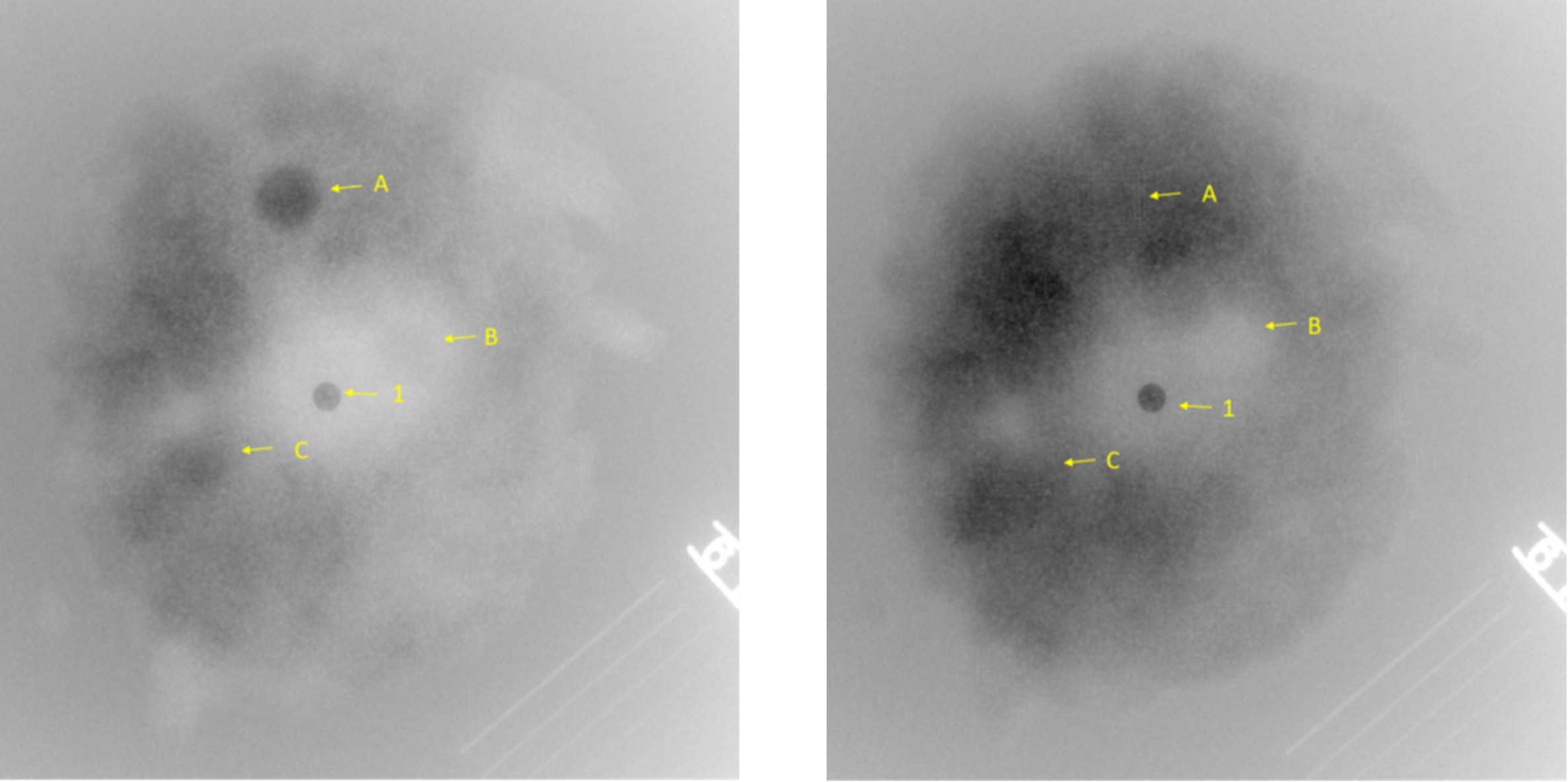External corrosion of uninsulated pipework is a significant issue for energy asset owners – as external degradation occurs, corrosion product (scale) builds up on the affected components to form blisters or scabs. Removal of corrosion product by blasting pressurised live process components has an associated safety hazard and potential for loss of containment.
The inspection requirement is to determine the remaining ligament under the corrosion scab. It is generally not possible to propagate ultrasound through corrosion product; the presence of the scab renders the area of corrosion inaccessible and standard 0° pulse-echo methods are not applicable.
Given the challenging nature of this ongoing problem, HOIS has recently performed further trials to evaluate the performance of new techniques/equipment, or previously trialled techniques/equipment that may now offer improved performance following a modification or development, in measuring the remaining ligament under external corrosion scabs
The test samples comprise of a mixture of ex-service pipes with ‘real’ scabs and as-manufactured pipes containing CNC-machined wall loss based on actual ex-service corrosion damage and simulated scab material comprised of magnetite (which is ferrimagnetic) and modelling clay. Several scabs have additional machined isolated pits within areas of more general wall loss which makes it extremely challenging to identify and accurately size the minimum remaining ligament.
The detailed trial report will be confidential to HOIS members but will ultimately lead to updated HOIS guidance on this topic.
Digital radiograph of the simulated scab, kindly obtained by Oceaneering.
